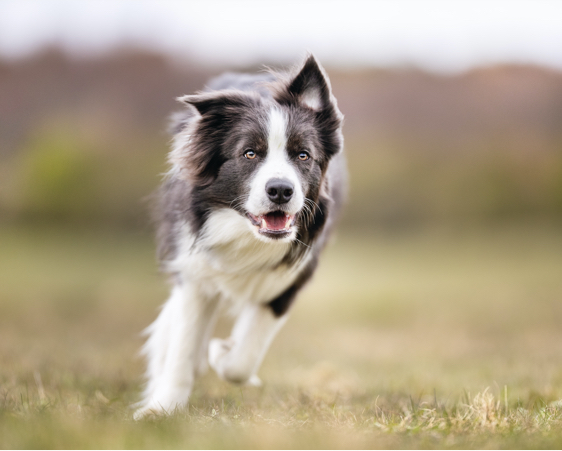Canine obesity is one of the fastest growing health problems seen in dogs today. As with people, obesity can lead to a variety of diseases, disorders and other complications in dogs. In a 2008 study, the Association for Pet Obesity Prevention estimated that 44% of U.S. dogs were overweight or obese. That’s approximately 33 million dogs in the U.S. alone. Needless to say, something must be done. You can start with your own dog. Learn how to manage your dog’s weight, start a weight loss plan for your dog, and prevent weight gain in the first place.
Causes of Canine Obesity:
There are many reasons a dog can become overweight. The obvious culprits are improper diet and lack of sufficient exercise. A dog recovering from an illness or injury is usually required to remain sedentary and is therefore at risk for weight gain. It is also important to know that weight gain may actually be a symptom of some hormonal disorders, such as hypothyroidism or Cushing’s syndrome. Finally, genetic predisposition is a big factor. Certain dog breeds are simply more prone to obesity than others, such as English Bulldogs, Beagles, Dachshunds, Pugs, Dalmatians and Cocker Spaniels – just to name just a few.
Health Risks of Obesity in Dogs:
Canine obesity is dangerous because it can lead to a great number of health problems. It may also adversely affect an existing health issue. The following diseases and disorders may be caused or exacerbated by obesity:
- Cardiac disease
- Diabetes Mellitus
- Hypertension (high blood pressure)
- Orthopedic injuries (such as cruciate ligament rupture or patellar luxation)
- Osteoarthritis
- Respiratory disorders
- Various forms of cancer
Determining if Your Dog is Overweight:
You can often see the telltale signs of obesity in a dog, but sometimes it sneaks up on you. Gradual weight gain is not as noticeable when you see your dog on a daily basis. A friend or family member who is not often around your dog may notice a weight change. Other warning signs are exercise intolerance and apparent laziness. These could indicate a weight problem or other health issue. In any event, it is best to visit your vet if anything seems amiss. Also, be sure your dog goes to the vet for a wellness exam every 6-12 months. This is the best way for your vet to detect changes before there is a serious problem.

